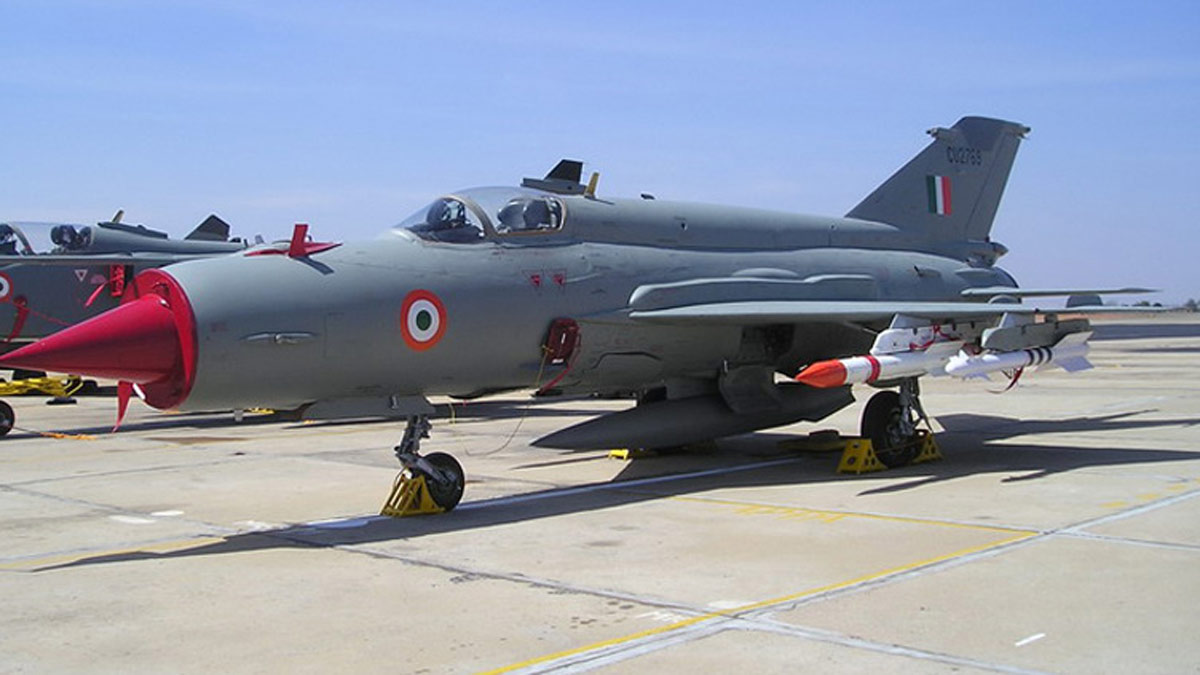Farewell MiG-21: Tracing the fighter jet's glory days in war to becoming 'flying coffin'

Mikoyan-Gurevich MiG-21, the first supersonic fighter aircraft of India, which has been part of every major military conflict that the country has seen in the past 60 years, will have its last flight on September 19. On that day, No. 23 Squadron—'Panthers'—of the Indian Air Force, which is the last unit operating the Russian-made MiG-21, will formally bid goodbye to the aircraft.
Flypasts and static displays will be part of the MiG-21 farewell, in which senior IAF officials will be in attendance.
The indigenous Tejas Light Combat Aircraft (Mk1A) is set to replace the legacy MiG-21 fighters, which have been dominating the Indian skies for over six decades.
Days of glory
The acquisition of MiG-21 supersonic fighter jets in 1963 had given India a combat edge in the 1960s and 70s. While the aircraft has been in service in nearly 60 countries, India has been its largest operator. Over the years, India had as many as 1,200 MiG-21s of different variants.
A mainstay of the AIF through decades, the aircraft has seen combat action in the 1965 India-Pakistan War, Bangladesh Liberation War of 1971, the Kargil war in 1999 and Operation Swift Retort in 2019.
The aircraft was India's most advanced fighter in the 1971 war, shooting down at least nine Pakistan Air Force jets.
ALSO READ: 'Milestone moment for Indian Army': How newly-arrived AH-64E Apache helicopters boost India's war-fighting capabilities
"No other fighter has been with the Indian Air Force for as long as the MiG-21. It has been a part of nearly every military operation since 1965, including Op Sindoor. For many Indian fighter pilots, this aircraft has been a defining part of their careers. Its retirement will be a deeply emotional moment," MoneyControl quoted aviation analyst Angad Singh as saying.
The phasing out of MiG-21 will bring down IAF's combat strength to 29 squadrons from the formally sanctioned strength of 42, as it currently operates two active squadrons of MiG-21 Bison fighter jets.
Fall from grace
Despite its days of glory in war, in recent years, the fighter jet earned a bad rap as it has been involved in frequent crashes, earning the sobriquets 'flying coffins' and 'the widow-maker'. According to a Hindustan Times report, nearly 400 MiG-21 crashes have been recorded over the years, resulting in the deaths of around 200 pilots and at least 60 civilians on the ground.
The aircraft's aging design, maintenance challenges, and quality issues with replacement parts have been cited as some of the reasons for the accidents.
Despite these unfortunate events, India continued to operate the MiG-21s mainly due to delays in replacing them with a suitable indigenous like the HAL Tejas or another modern alternative. India was also constrained by the operational requirements for maintaining squadron strength amid evolving security challenges.
Defence